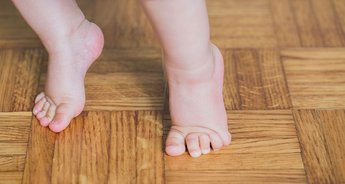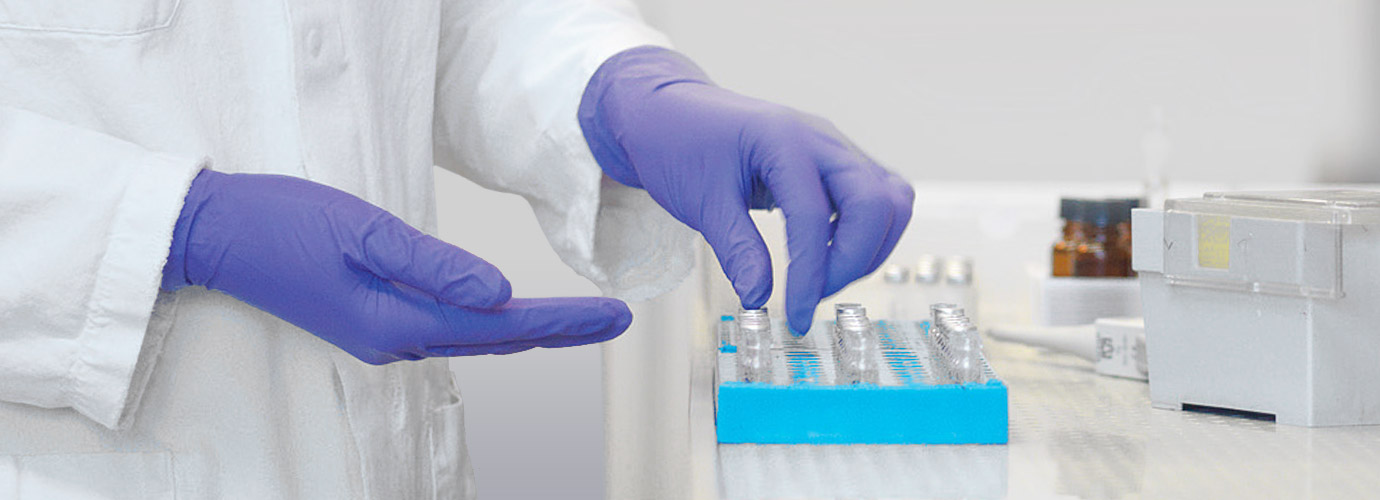Intoeing is a normal phenomenon in otherwise healthy young Children

10.2019
Author Prof. J. Spranger, University Department of Pediatrics Mainz
Young children often walk with their feet turned inwards. This can cause concern amongst parents for functional or aesthetic reasons.
A retrospective medical record review of 926 children who had been referred to an orthopedic clinic with a ‘pigeon-toed gait’ showed that 95% of them did not have any associated skeletal or neurological anomalies [1]. Their intoeing was diagnosed as being benign and did not require any medical intervention. Physical anomalies considered to be causally related to the intoeing were present in 44 children. Most of these anomalies were known to the referring physicians, and the pigeon-toed gait was only a secondary phenomenon. The primary anomalies were not specified in the report but may be similar to those in a group of 108 toe-walking children, many of whom had cerebral palsy or peripheral neuropathy [2]. Surprisingly, some patients in this group also showed symptoms of attention deficit hyperactivity disorder and autism spectrum disorder.
Comment: The reported studies underline that intoeing is mostly a benign phenomenon requiring nothing more than a pediatrician’s reassurance. It is to be distinguished from clubfoot, which requires diagnostic assessment and therapy.
References:
[1] Faulks S, Brown K, Birch JG (2017) Spectrum of diagnosis and disposition of patients referred to a pediatric orthopaedic center for diagnosis of intoeing. J Pediatr Orthop 37 (7): e432-e435.
[2] Haynes KB, Wimberly RL, VanPelt JM, et al. (2018) Toe walking: a neurological perspective after referral from pediatric orthopaedic surgeons. J Pediatr Orthop 38 (3): 152-156.


